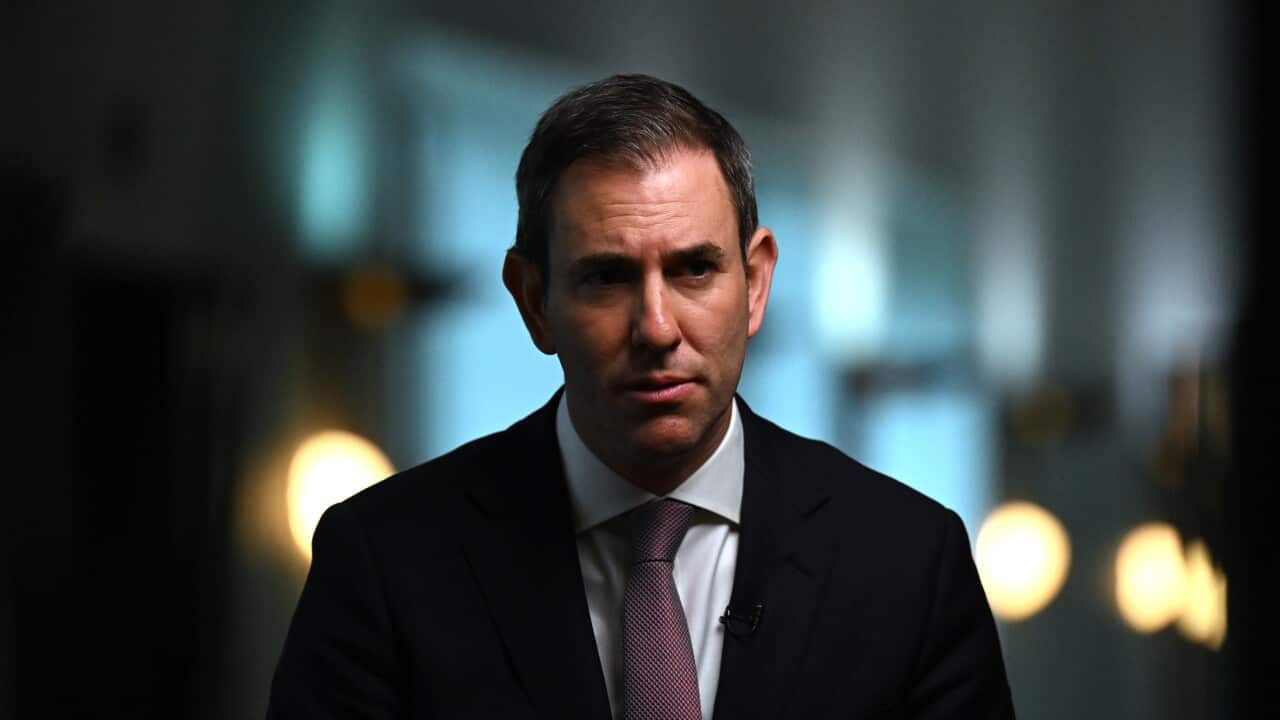Key Points
- The Consumer Price Index (CPI) rose 1.8 per cent in the September 2022 quarter.
- Over the twelve months to the September 2022 quarter, annual inflation was 7.3 per cent, the highest since 1990.
Inflation is a dragon that needs to be slayed, the treasurer said, as the annual rise in the cost of living hit 7.3 per cent.
In a National Press Club address the day after delivering the Jim Chalmers acknowledged cost-of-living pressures and soaring inflation.
The Consumer Price Index (CPI) rose 1.8 per cent in the September 2022 quarter, taking the annual figure to its highest annual increase since 1990, according to the latest data from the Australian Bureau of Statistics (ABS) released on Wednesday.
"We see what rising prices means for families taking more from hip pockets and pushing people closer to the edge," Mr Chalmers said on Wednesday.
"And whether it's food, whether it's electricity, whether it's rent, inflation is public enemy number one. Inflation is the dragon we need to slay."
Mr Chalmers defended the government's decision not to include more immediate cost of living relief measures in the budget.
"(Cost of living) is the source of most concern in our communities right now which is why it was the centrepiece in lots of ways of our budget last night," he said
"But there's a right way to spend and there's a wrong way to spend. And perhaps surprising to some was our determination to deliver cost-of-living relief only where it met very specific and very strict criteria."
Earlier, Prime Minister Anthony Albanese told SBS News the budget would protect the Australian economy from recession.

The Consumer Price Index (CPI) rose 1.8 per cent in the September 2022 quarter and 7.3 per cent annually, according to the latest data from the Australian Bureau of Statistics (ABS). Source: SBS News
"We haven't played short-term politics with this, what we've done is put in place measures that will grow the economy that will make it more resilient, while providing cost of living relief in a way that doesn't put upward pressure on inflation and damage the economy."
What else did the new ABS data show?
In the latest figures from the ABS, the most significant price rises were new dwelling purchases by owner-occupiers (+3.7 per cent), gas and other household fuels (+10.9 per cent) and furniture (+6.6 per cent).
Food (+3.2 per cent) prices continued to rise, driven by meals out and takeaway foods (+2.9 per cent) due to higher ingredient, wage and transportation costs.
Fruit (+6.6 per cent) and vegetables (+2.9 per cent) also continued to rise through the quarter, reflecting high input costs and weather-damaged crops, although vegetable prices eased in the month of September.
Inflation is predicted to peak at 7.75 per cent later this year, before moderating over time to 3.5 per cent through 2023-24 and returning to the Reserve Bank's target range of 2-3 per cent in 2024-25.
Real wages are expected to remain stagnant before starting to grow again in 2024.











